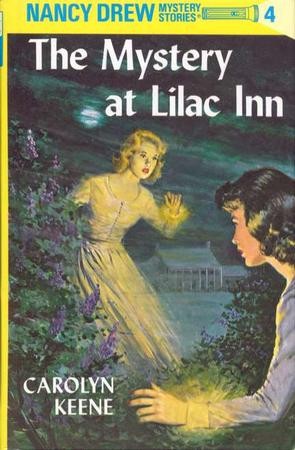
Action increased significantly and became faster-paced. Perceived racial stereotypes - and, arguably, characters of color period - were omitted.

Helen Corning appears older, perhaps in preparation for her "write-out" after volume 4 of the revised series (no explanation was made in the original series) and to introduce Bess and her cousin George. In the Harriet Adams revisions, Nancy is depicted as a less impulsive, less headstrong girl of Stratemeyer and Mildred's vision, to a milder, more sedate and refined girl- "more sugar and less spice", with an extensive wardrobe and a more charitable outlook. Other authors contributed as well, but in 1959, Edward Stratemeyer's daughter, Harriet Adams, began rewriting the earlier books in the series, sometimes substituting entirely new plots while retaining the same title. Mildred Wirt Benson is credited with writing 23 of the first 30 novels in the series. The Nancy Drew Diaries was launched in its place in 2013, and has received mixed reviews. Launched in 2004, the series was panned in comparisons to its predecessor, and ended in 2012. In 2003, Simon & Schuster announced that Nancy Drew Mystery Stories would end and be replaced by a new, more contemporary series titled Nancy Drew: Girl Detective. There are 175 novels - plus 34 revised stories - that were published between 19 under the banner Grosset & Dunlap published the first 56, and 34 revised stories, while Simon & Schuster published the series beginning with volume 57.Ī spinoff, the Nancy Drew Files, ran concurrently from 1986 to 1997.



The Nancy Drew Mystery Stories is the long-running "main" series of the Nancy Drew franchise, which was published under the pseudonym Carolyn Keene. JSTOR ( May 2023) ( Learn how and when to remove this template message).Unsourced material may be challenged and removed.įind sources: "Nancy Drew Mystery Stories" – news Please help improve this article by adding citations to reliable sources. This article needs additional citations for verification.


 0 kommentar(er)
0 kommentar(er)
